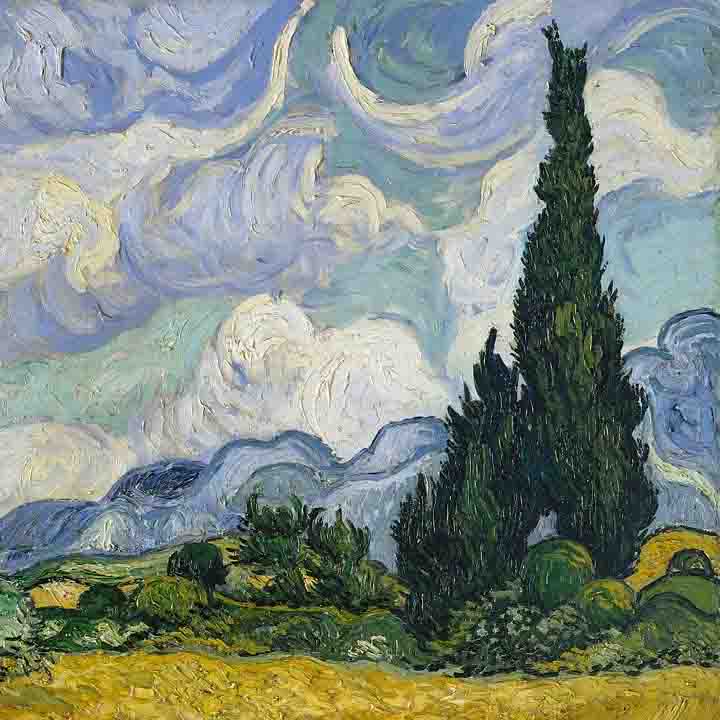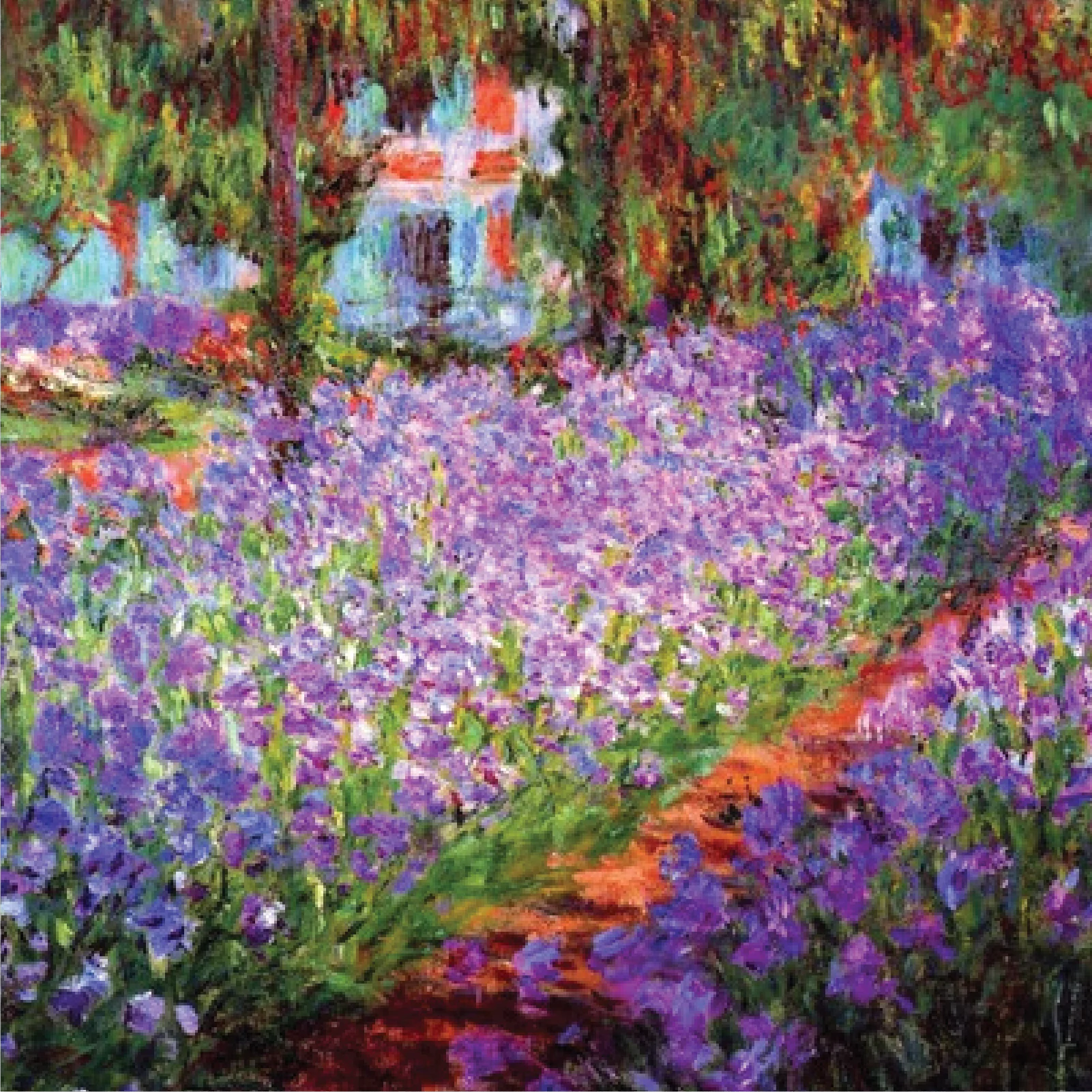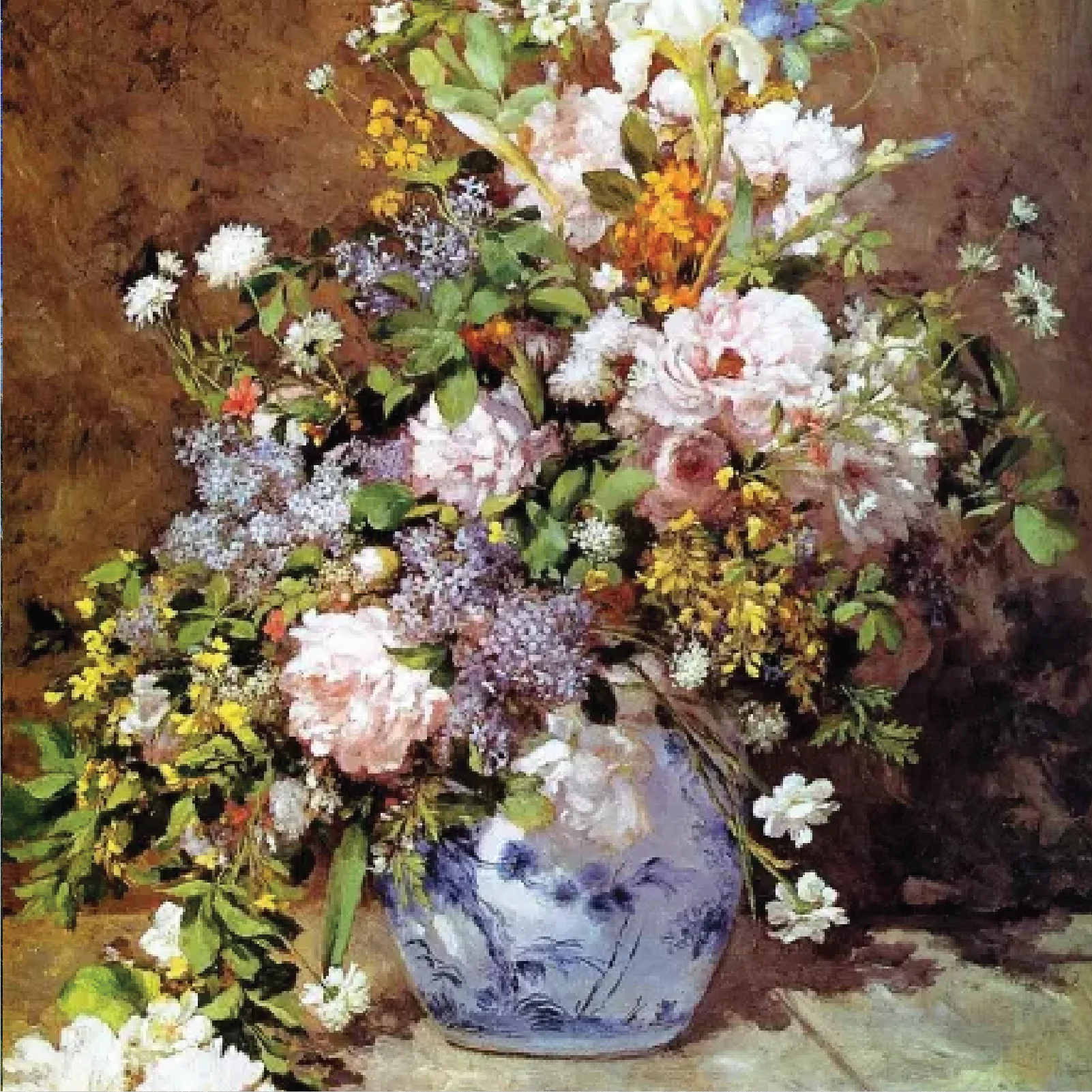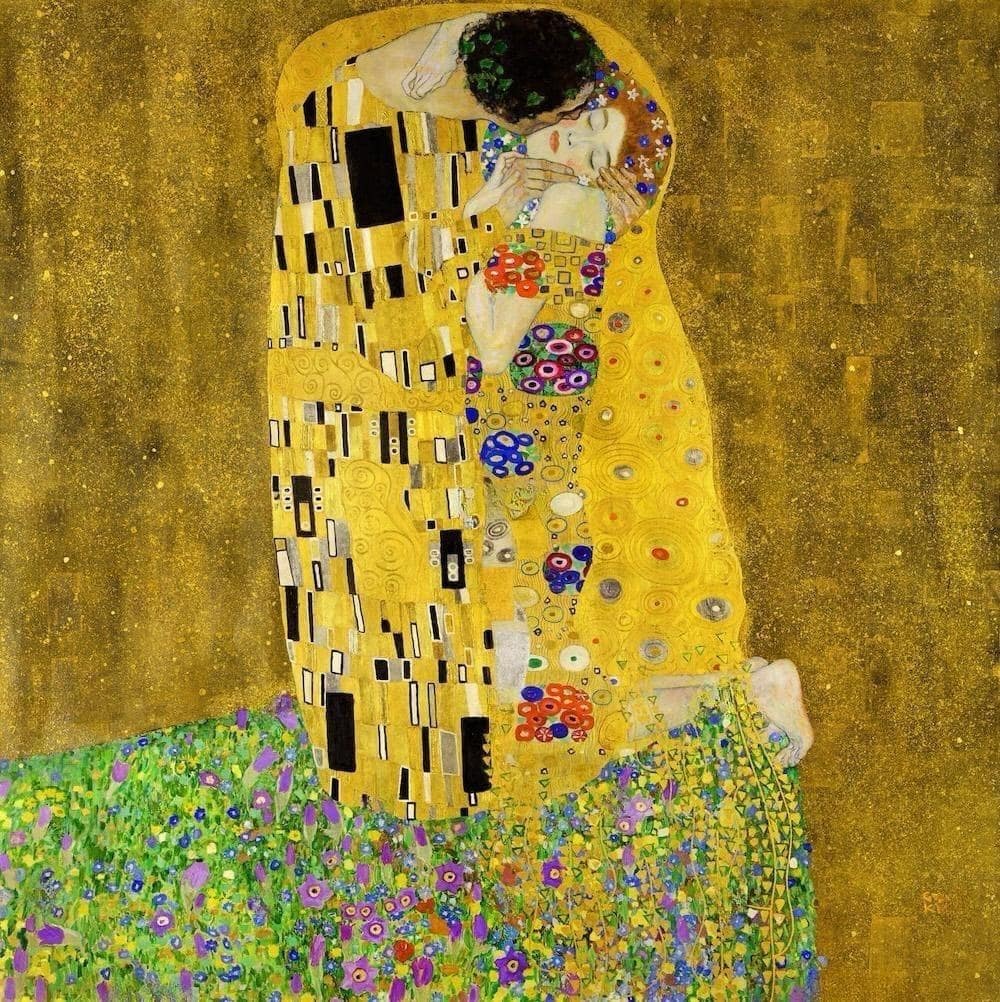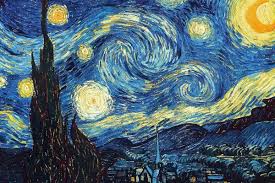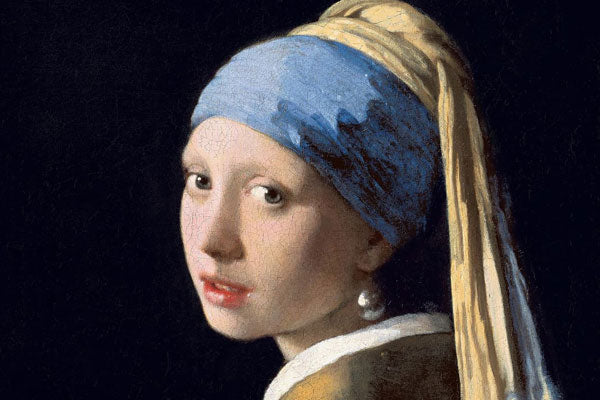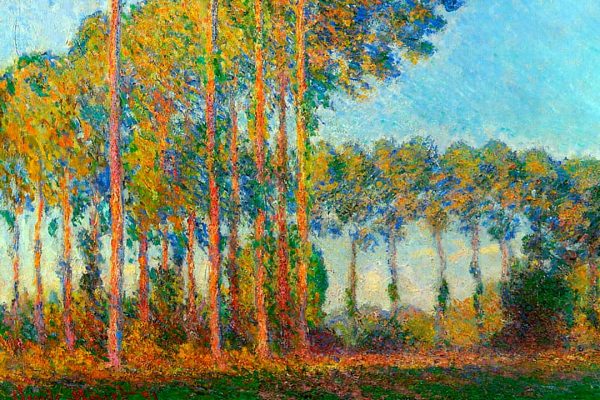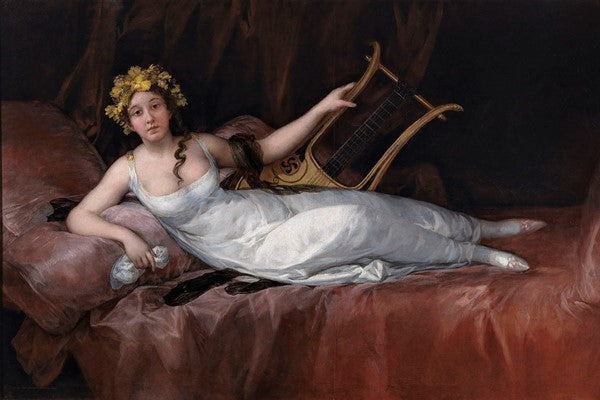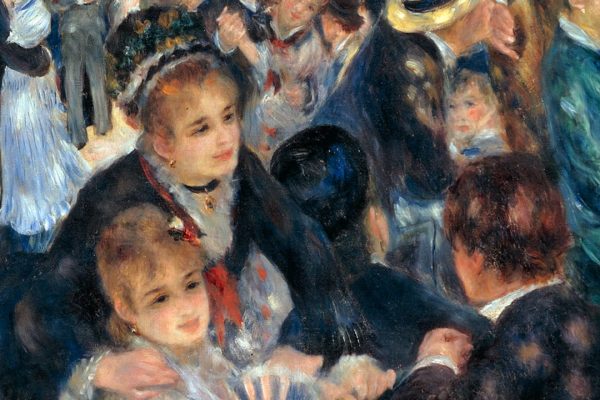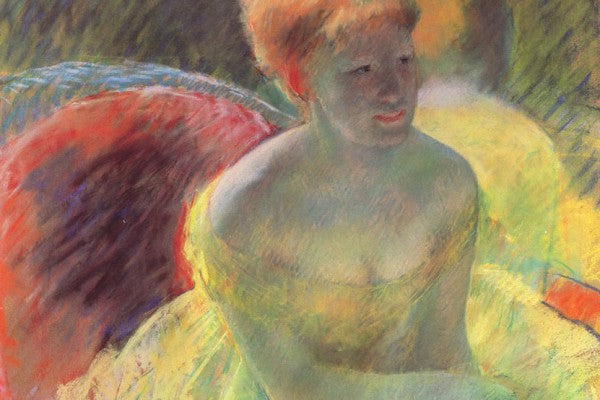Paintings of Jesus Christ hold a significant place in the history of art, reflecting both the evolution of cultural perspectives and the shifts in artistic styles over centuries. These artworks not only serve a religious purpose but also offer a lens through which scholars and art enthusiasts can study the changing depictions of religious figures. From the early Christian art of catacomb frescoes to the refined works of the Renaissance, Jesus Christ has been a central figure, inspiring artists like Leonardo da Vinci and Michelangelo. The portrayal of Jesus has varied greatly, influenced by historical contexts, theological interpretations, and regional artistic conventions.

The iconography of Jesus in art is rich and complex, often laden with symbolic elements that provide depth and meaning to His representation. Throughout history, artists have depicted various scenes from the life of Christ, such as the Nativity, Crucifixion, and Resurrection, each carrying distinct iconographic attributes. The artistic rendering of Jesus has been interpreted in countless forms, using a variety of techniques and styles to convey His message and persona. The impact and legacy of these works have been profound, not only on the faithful but also on the broader field of art history, leading to a diverse array of artistic expressions that continue to be revered and studied.
Key Takeaways
- The depiction of Jesus in art spans centuries, reflecting religious significance and artistic innovation.
- Artistic representations of Jesus are characterized by a rich iconography that evolves across different cultural and historical contexts.
- Paintings of Jesus Christ have had a lasting impact on both religious devotion and the development of art history.
Historical Context and Artistic Evolution
The portrayal of Jesus Christ in art has evolved significantly over the centuries, reflecting shifts in religious doctrines, cultural expressions of faith, and advances in artistic techniques.
Early Christian and Byzantine Art
Early Christian art emerged in the first centuries of the Common Era, focusing on symbolic and narrative representations of Jesus rather than realistic images. Icons were prevalent, illustrating the divine aspect of Christ with a standardized style that communicated his spiritual nature across the Byzantine Empire. The Christ Pantocrator from the 6th century is one of the most significant examples of this period, embodying the dual nature of Christ as both human and divine.
Renaissance and Humanist Influence
The Renaissance saw a marked shift to humanist ideals where artists began to explore a more naturalistic portrayal of Jesus Christ. This period emphasized anatomical accuracy and perspective, presenting Jesus in a more humanized and approachable form. Groundbreaking artists like Leonardo da Vinci contributed to this shift—his collaboration, Baptism of Christ, reveals the tactile humanity of Christ alongside an ethereal divinity.
Baroque Interpretations
In the Baroque era, artists like Peter Paul Rubens captured the dramatic intensity of biblical narratives through dynamic compositions and emotional expressiveness. Their representations of Jesus Christ often featured heightened realism, strong chiaroscuro, and movement, exemplifying the period’s tendency to evoke visceral responses from the viewer. Ruben's Descent from the Cross prominently showcases these techniques, portraying a compelling moment of sorrow and compassion.
Modern Depictions
The modern era has seen a broad divergence in the depiction of Jesus Christ, illustrating the wide spectrum of contemporary cultural attitudes towards spirituality and religion. Artists like Francis Bacon present Jesus in more abstract or symbolic forms, often reflecting the complexities and struggles of the modern world. His works demonstrate a departure from traditional representations, infusing religious art with contemporary existential themes.
Iconography of Jesus in Art
The iconography of Jesus in art is a reflection of the various attributes of his divinity and an expression of religious iconography through different artistic elements.
Symbolic Elements and Meanings
Halo: Often, Jesus is depicted with a halo around his head, signifying his divinity and sanctity. The halo serves as a visual marker of his holy nature and is usually rendered in gold to symbolize heavenly glory.
Colors: Artistic representations frequently employ specific color symbolism. For example, Jesus is often robed in red to signify love and sacrifice, and blue to represent divinity and heaven.
Portrayal of Miracles and Parables
Miracles: Jesus' miracles are a key subject in religious art. Artists illustrate scenes like the feeding of the five thousand or walking on water to depict his divine powers in action.
Parables: Parables of Jesus, such as the Prodigal Son and the Good Samaritan, employ visual storytelling to convey moral teachings. These narratives are brought to life through the setting, characters, and actions captured in art.
The Crucifixion and Resurrection
The Crucifixion: This pivotal event is rendered with Jesus on the cross, showcasing the sacrifice and suffering he endured. Symbols such as the INRI inscription, the crown of thorns, and the nails are poignant reminders of this moment.
The Resurrection: Art depicting the Resurrection often shows an empty tomb or Jesus emerging triumphantly, sometimes accompanied by angels. This underlines the belief in the victory over death and the confirmation of Jesus' divine nature.
Notable Works Depicting Jesus Christ
These selected masterpieces by renowned artists present diverse interpretations of Jesus Christ's life and are revered for their historical and artistic significance.
The Last Supper by Leonardo da Vinci
Leonardo da Vinci's "The Last Supper" is an iconic mural that captures the moment of Jesus' last meal with His disciples. It's celebrated not only for its artistic merit but also for its portrayal of an event that is central to Christian tradition.
Christ of Saint John of the Cross by Salvador Dalí
Salvador Dalí's masterpiece presents a surreal and theological view of Jesus on the cross, with a heavenly perspective absent of the nails and blood, focusing on the divine rather than the human suffering.
The Disputation of the Holy Sacrament by Raphael
"La Disputa", as it is commonly known, is one of Raphael's most profound works, found in the Vatican. It beautifully illustrates a theological debate surrounding the body and blood of Christ in the Eucharist.
The Taking of Christ by Caravaggio
Utilizing chiaroscuro, Caravaggio vividly brings to life the betrayal and arrest of Jesus in the Garden of Gethsemane. The emotional intensity of the scene is portrayed through the powerful use of light and shadow.
Christ at Gethsemane by Carl Heinrich Bloch
Bloch's painting powerfully depicts Jesus in the moments of solitude and prayer in the garden, internalizing the weight of what was to come within a deeply atmospheric composition.
"Christ in the Storm on the Sea of Galilee" by Rembrandt van Rijn
Rembrandt's only maritime painting captures Jesus as He calms the stormy sea, highlighting His divinity and power over the elements.
"Deposizione di Gesù" (The Deposition of Christ) by Antonio Ciseri
Antonio Ciseri's detailed rendering of Jesus' body being taken down from the cross showcases his mastery in capturing human emotion and divine sorrow.
Techniques and Styles
The portrayal of Jesus in art has evolved through a rich array of techniques and styles, reflecting the period and the cultural context in which the works were created. Artists have utilized a variety of approaches to composition and perspective, color and light, and levels of detail to convey their interpretation of the sacred figure.
Composition and Perspective
Artists throughout history have employed different compositional tools to represent Jesus Christ, often using perspective to highlight His divinity. For instance, in Byzantine art, the use of reverse perspective, where lines diverge away from the viewer, was common. It created a sense of the holy figure existing in sacred space rather than the real world. On the other hand, Renaissance masters like Leonardo da Vinci incorporated linear perspective, directing viewers' attention to Jesus as the focal point.
Use of Color and Light
The use of color and light in paintings of Jesus varies significantly across periods. Early representations often featured muted palettes with symbolic colors such as blue and red to denote divinity and humanity. Later, during the Renaissance, artists like Raphael exploited chiaroscuro — the contrast of light and shadow — to impart Jesus with volume and a sense of three-dimensionality. This technique helped to create a more emotional and human connection with the viewer.
Detail and Realism versus Abstract
Realism has played a critical role in depictions of Jesus, with artists striving for greater anatomical accuracy and emotional expressiveness. During the Renaissance, advancements in understanding human anatomy led to portrayals of Jesus with heightened detail and realism, as seen in Michelangelo’s sculptures. In contrast, modern artists have explored more abstract interpretations, using shapes and forms to express the essence of Jesus's teachings and presence rather than a literal representation.
Impact and Legacy
The paintings of Jesus Christ have had a profound impact on art and culture, showcasing timeless beauty and demonstrating an enduring influence through the centuries.
Influence on Western Art
Western art has been deeply shaped by the depiction of Christ, with paintings often serving as a litmus test for the artistic movements of their times. The Renaissance period, in particular, witnessed a significant leap in how Jesus was portrayed, notably in works such as Leonardo da Vinci's "The Last Supper," which exemplifies both technical mastery and thematic depth. Each brushstroke contributed to an evolving narrative on how divinity and humanity intermingle in art.
Religious and Cultural Significance
Religiously, images of Jesus Christ have functioned as a visual gospel, teaching and inspiring countless generations. Culturally, these depictions have transcended their overt spiritual messages to influence societal norms and values. For instance, the "Christ Pantocrator" in the iconographic style has been an archetype for majesty and spiritual authority across various Christian denominations.
Contemporary Interpretations and Critiques
In recent times, artists have explored contemporary interpretations of Jesus Christ, critiquing and recontextualizing traditional imagery. Paintings like Salvador Dalí's "Christ of Saint John of the Cross" reflect not only the artist's unique surrealist approach but also invite viewers to consider new perspectives on faith and spirituality. Such works continue to stir conversations around theological and artistic representation.
Frequently Asked Questions

The following section addresses common inquiries about the artistic representations of Jesus Christ throughout history, exploring renowned works, historic origins, various interpretations across cultures, and the evolving nature of these depictions.
What are some of the most famous paintings depicting Jesus Christ?
Numerous artists have depicted Jesus Christ in their work. Noteworthy among these are "The Last Supper" by Leonardo da Vinci, portraying the final meal Jesus shared with his apostles, and "The Sistine Chapel ceiling" by Michelangelo, which includes the iconic "Creation of Adam." Another significant piece is The Yellow Christ by Paul Gauguin, reflecting Post-Impressionist influences.
What is considered the oldest known painting of Jesus?
The oldest known paintings of Jesus are found within the catacombs of Rome, with the most famed being the "Healing of the Paralytic" at the Catacomb of Saint Peter and Marcellinus, dating back to the early 4th century.
Who are the renowned artists that have painted Jesus Christ?
Artists such as Giotto di Bondone with his "Ognissanti Madonna" and Rogier van der Weyden with "Descent from the Cross" have created enduring images of Jesus. Additional names include Andrea del Verrocchio, Leonardo da Vinci, Hans Memling, and more recently, Francis Bacon, with each artist bringing a unique perspective and style to their portrayal of Christ.
Can you identify the different cultural interpretations of Jesus in art?
Different cultures have depicted Jesus in ways that reflect their own societal values and artistic conventions. Byzantine art presents him in a highly stylized manner, Renaissance art focuses on naturalism and divinity, while Latin American art often merges indigenous and Catholic traditions to represent Jesus in a variety of contexts.
How has the depiction of Jesus evolved in art history?
From the symbolic and abstracted forms in early Christian art to the realistic and humanized interpretations during the Renaissance, the depiction of Jesus has evolved significantly. Modern portrayals often focus on personal expression and may depart from traditional iconography to challenge viewers' perceptions.
Are there any notable paintings of Jesus by LDS (Latter-day Saints) artists?
LDS artists have contributed to representations of Jesus with works that reflect the teachings of The Church of Jesus Christ of Latter-day Saints. Notable examples include portraits by Del Parson, who created the popular "Christ in Red Robe," commonly distributed by the LDS church.





